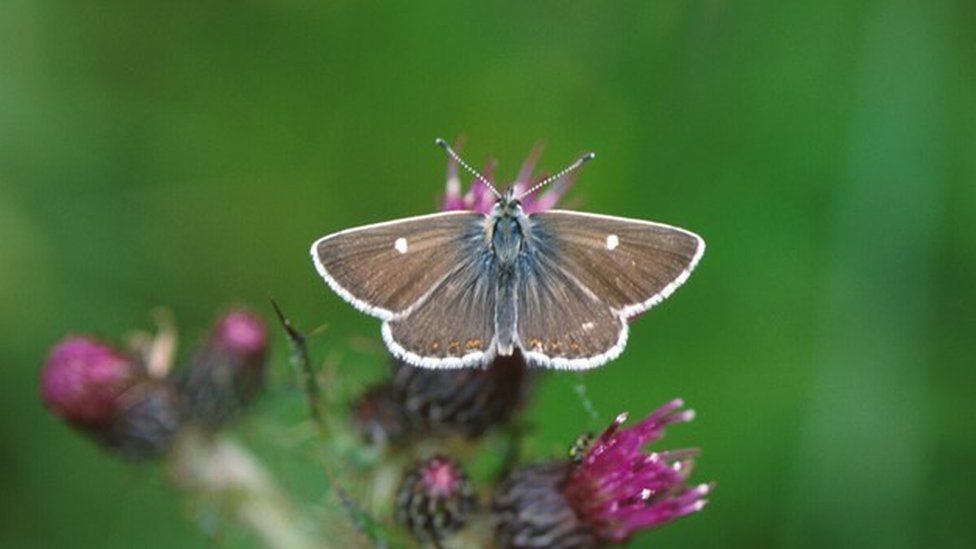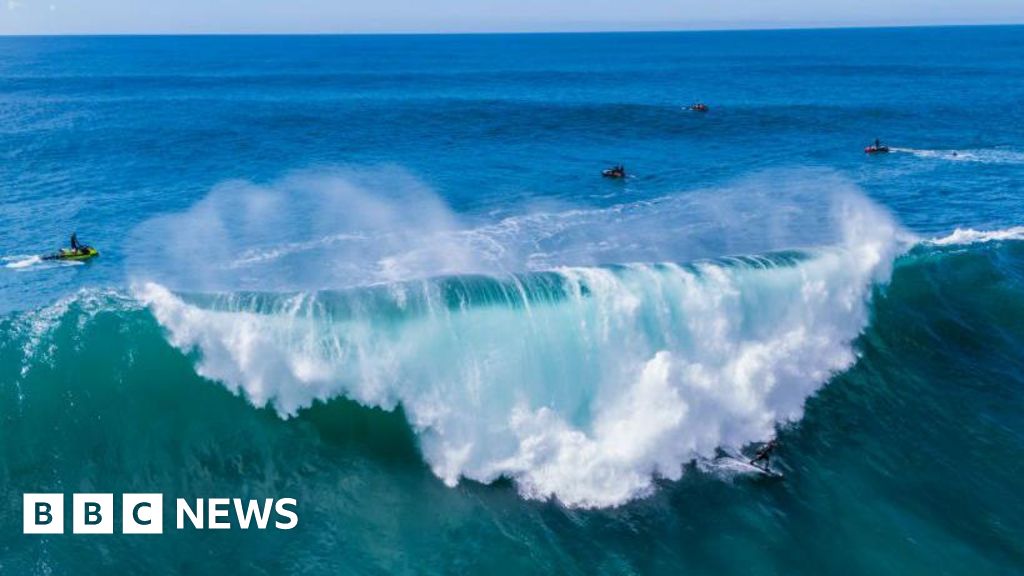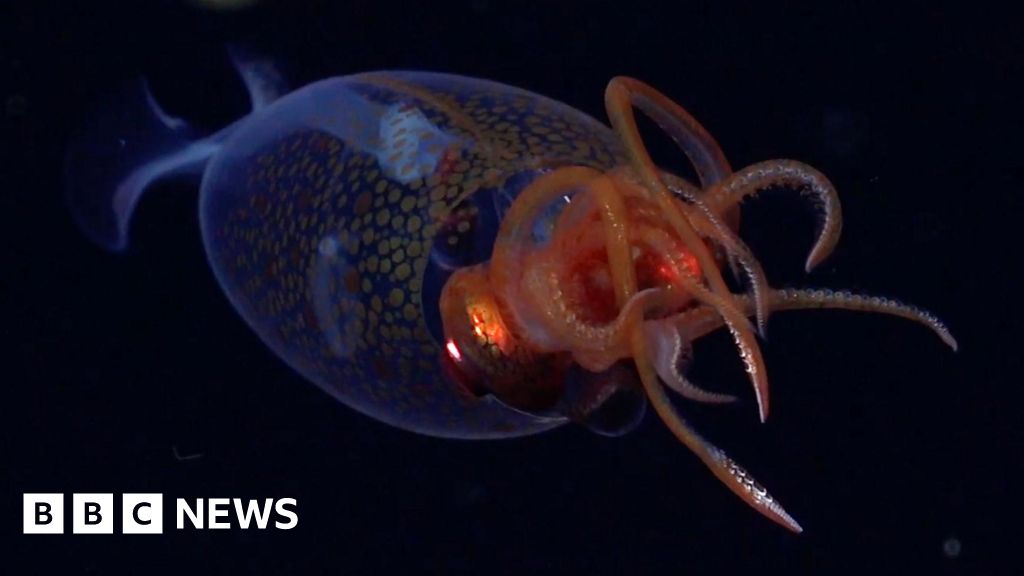ARTICLE AD BOX
 Image source, NatureScot
Image source, NatureScot
Species on the Edge will work to secure the future of species such as butterflies and bumblebees
Eight leading conservation organisations have joined forces to help reverse the decline of vulnerable coastal species in Scotland.
The Species on the Edge programme will focus on the conservation of 37 priority species such as bumblebees.
It aims to secure the future for coastal and island species as well as raising awareness of biodiversity in Scotland.
Many of the species the programme will help are at risk of extinction.
The scheme was officially launched at an event in Balnagowan Estate in Invergordon on Saturday.
Nick Halfhide, NatureScot's director of nature and climate change, said: "It is an excellent example of what can be achieved through working in partnership and, in the face of the biodiversity crisis, will help us to maximise efforts to secure a future for vulnerable species on Scotland's coasts and islands."
Species on the Edge's priority species include amphibians, birds, bats, plants, butterflies, bumblebees and a number of other invertebrates.
Image source, Getty Images
Image caption,The Bumblebee conservation trust is among the groups backing the scheme
Programme activities will include species survey and monitoring, habitat creation and restoration, education and learning events, advice for land managers, volunteering opportunities, training workshops, traineeships, work experience and more.
The four-and-a-half year programme, which is partly funded by the National Lottery Heritage fund, will work across seven landscape areas in Scotland: the Outer Hebrides; the Inner Hebrides, Argyll and Lochaber; the East Coast; the North Coast; Orkney; the Solway coast; and Shetland.
The Bumblebee Conservation Trust and NatureScot are among the organisations involved.
In 2019, a state of Scotland report showed a decline in the number of 49% of Scotland's species since 1970, with 91 species critically endangered.
Habitat loss, climate change, pollution, invasive species, disease, and changes to land management practice are key drivers of biodiversity decline.
Related Internet Links
The BBC is not responsible for the content of external sites.

 1 year ago
53
1 year ago
53








 English (US) ·
English (US) ·